
Geoplanidae is a family of flatworms known commonly as land planarians or land flatworms.

Bipalium is a genus of large predatory land planarians. They are often loosely called "hammerhead worms" or "broadhead planarians" because of the distinctive shape of their head region. Land planarians are unique in that they possess a "creeping sole", a highly ciliated region on the ventral epidermis that helps them to creep over the substrate. Several species are considered invasive to the United States, Canada, and Europe. Some studies have begun the investigation of the evolutionary ecology of these invasive planarians.
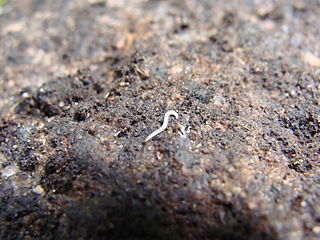
Microplaninae is a subfamily of land planarians.
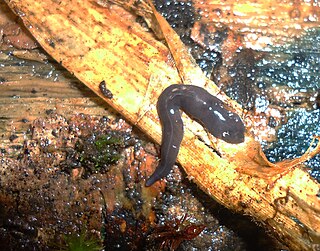
Notogynaphallia is a genus of land planarians from South America.
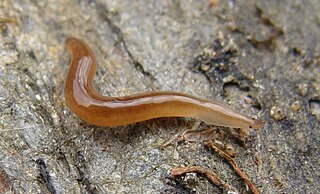
Rhynchodemini is a tribe of land planarians in the subfamily Rhynchodeminae.
Robert Edward Ogren was an American zoologist.
Eudóxia Maria Froehlich was a Brazilian zoologist.

Amaga is a genus of land planarians from South America.
Gigantea is a genus of land planarians from the Neotropical realm.
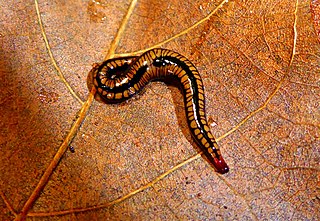
Othelosoma is a genus of land planarians found in Africa and India.
Gusana is a genus of land planarians found in Chile.
Liana is a genus of land planarians. It is monotypic, being represented by the single species Liana guasa, which occurs in Chile.

Dolichoplana is a genus of land planarians in the tribe Rhynchodemini.
Cotyloplana is a genus of land planarians in the tribe Rhynchodemini.
Digonopyla is a monotypic genus of land planarians in the tribe Rhynchodemini. It contains a single species, Digonopyla harmeri.
Diporodemus is a genus of land planarians found in the Americas.
Geobenazzia is a genus of land planarians that currently contains a single species, Geobenazzia tyrrhenica, found in Elba, Italy.
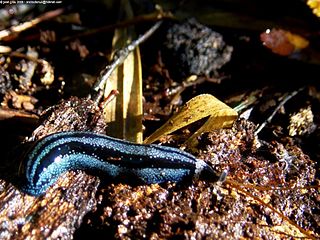
Pseudogeoplana is a genus of land planarians of the subfamily Geoplaninae. It was erected to include species lacking sufficient morphological information to allow them to be classified in the appropriate genus.
Statomicroplana is a genus of land planarians of the subfamily Microplaninae. It was erected to include species lacking sufficient morphological information to allow them to be classified in the appropriate genus.
Pseudartiocotylus is a genus of land planarians that currently contains a single species, Pseudartiocotylus ceylonicus, found in Namunukula, Sri Lanka.









